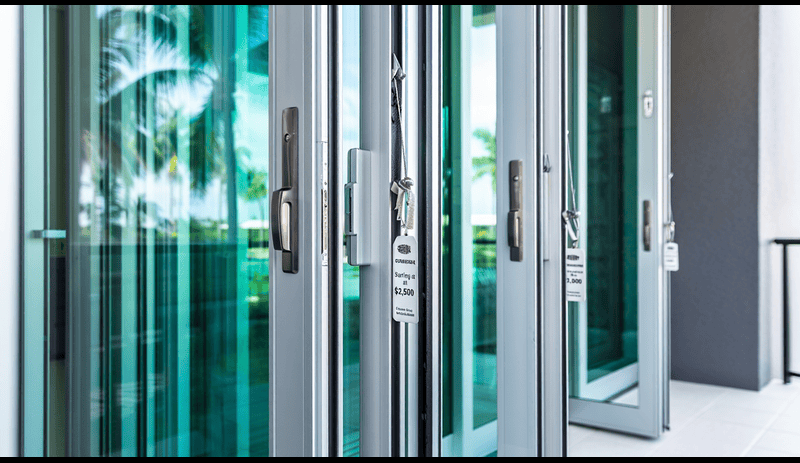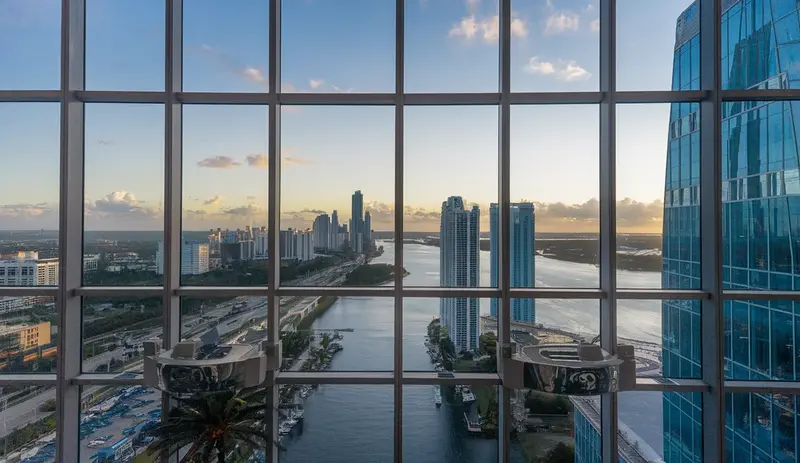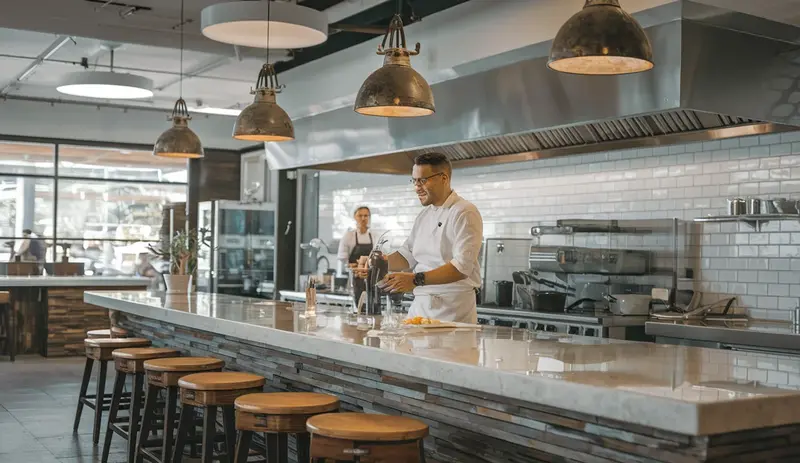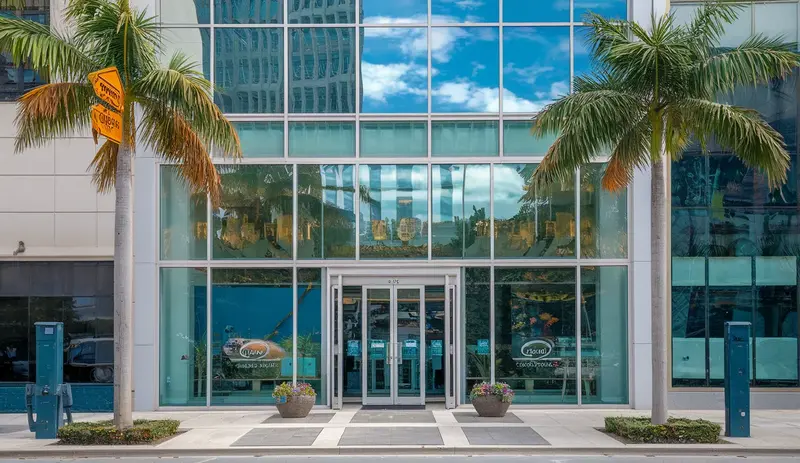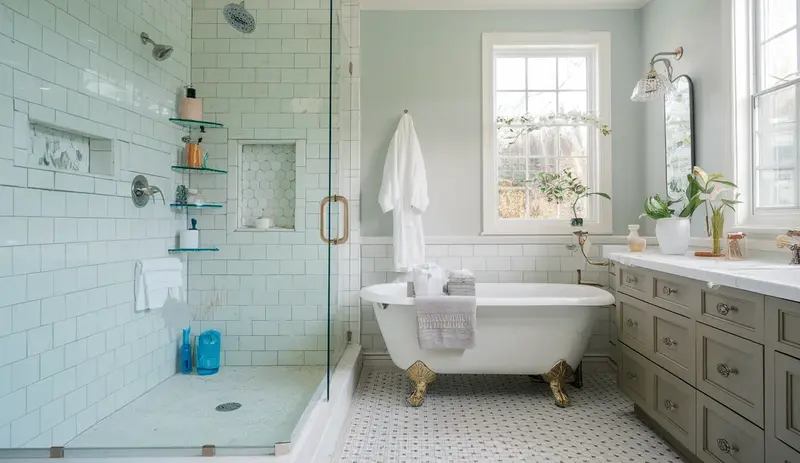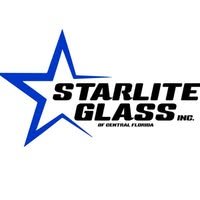Florida homeowners face unique challenges when selecting sliding doors, with climate, hurricane protection, and energy efficiency playing crucial roles in their decision-making process. Understanding the comprehensive cost factors is essential for making an informed home improvement investment.
| Budget | $300‑$700 | Simple vinyl or basic aluminium frame, ordinary double‑pane glass, basic weather‑stripping. Works okay in normal weather but not built for strong hurricanes. |
| Mid‑range | $700‑$1,500 | Better seals, sturdier aluminium or wood‑clad frame, low‑E or tempered glass, meets most hurricane rules. |
| Premium | $1,500‑$4,000 | Fiberglass or high‑grade aluminium, impact‑rated laminated glass, top‑tier weather‑stripping, sometimes smart‑glass or built‑in shading. |
The jump from budget to premium isn’t just about looking fancy. It’s also about getting glass that can survive a storm and keep your house cooler.
Installing in a Hurricane Zone
Because Florida sits in a high‑risk hurricane area, any sliding door must obey Florida Building Code rules. Those rules say:
- Use impact‑resistant glass that won’t shatter when wind blows debris.
- Have reinforced framing – often stainless‑steel bolts or extra blocking – so the door doesn’t flex.
- Include energy‑saving features like low‑E coatings and tight seals to cut cooling costs and maybe qualify for rebates.
- Hire licensed contractors who know the code‑required fastening pattern and can give you a certificate of compliance.
Skip any of those and you might see an insurance claim denied, get a liability warning, or watch the door fail fast.
Ways to Save Money
You don’t have to spend the max and still follow the rules. Here are some ideas that have worked for other owners:
- Buy off‑season – Late fall or early winter is slower for manufacturers, so they often cut prices.
- Grab energy‑tax credits – Both federal and state programs give cash back if your door meets certain U‑value stamps.
- Shop around – Get at least three written bids. You’ll see where one carpenter might charge extra for a small detail.
- Bundle jobs – If you also need new windows or a patio cover, ask for a package discount.
- Use utility rebates – Many Florida power companies hand out money for installations that lower cooling loads.
You can mix several of those tactics and still meet hurricane safety.
Also Check Out: How Much Does Commercial Glass Cost in Florida?
Frame Materials at a Glance
Below is a quick feel for the four main frame types. Think about cost, looks, how they handle Florida weather and how much upkeep they need.
- Vinyl
Cost: Cheapest.
Durability: Holds up against rust, but heat can warp it.
Look: Few colors, but modern finishes exist.
Insulation: Okay for most homes.
Care: Just clean it now and then.
- Aluminium
Cost: Usually lower than wood‑clad or fiberglass.
Durability: Strong, light, won’t rot. However it conducts heat, so you need a thermal break to meet energy codes.
Look: Sleek, fits a minimalist vibe.
Insulation: Lower unless you add a break.
Care: Simple – keep the coating intact.
- Wood clad
Cost: Mid‑to‑high.
Durability: Very sturdy, but moisture can cause rot if not sealed well.
Look: Warm, fits classic homes.
Insulation: Good – wood isn’t a thermal conductor.
Care: Needs regular staining or paint.
- Fiberglass
Cost: Highest upfront.
Durability: Stands up to warping, dents and corrosion.
Look: Can look like wood or stay sleek.
Insulation: Excellent, often with foam cores.
Care: Barely any – keeps its finish for decades.
Pick the one that matches what you can spend and how your house looks.
Quick Emergency Replacement List
A hurricane can smash a door fast. When that happens you want a plan so you don’t waste time or money.
- Check the structure – Look for broken frames, cracked glass, loose hinges. Call a professional if the door feels unsafe.
- Cover it up – Put a board or tarp over the opening to keep rain out.
- Call your insurer – Find out what’s covered, how much you pay out‑of‑pocket and what paperwork they need.
- Take photos – Snap clear pictures of the damage, the framing and any interior water marks for your claim.
- Get quotes – Ask licensed contractors who know hurricane‑grade installs for written estimates.
- Confirm compliance – After the fix, ask for a compliance certificate and keep all receipts and permits in a safe place.
Following the steps helps get the door fixed fast and keeps the insurance process smooth.
Bottom Line
Knowing how frame material, door size, glass grade, install difficulty and local labor all mix together is key before you buy a glass sliding door in Florida. At Starlite Glass, we understand the complexities of hurricane-resistant installations.
Stick to the hurricane‑resistant building code, use the money‑saving tricks like off‑season shopping and tax credits, and compare offers from several vendors. When you balance cost, durability and style, a sliding door can look great, keep your house cool and stay safe when the next storm hits.
Ultimately, a smart choice today means fewer headaches and a stronger home down the road.
Florida homeowners must carefully consider multiple factors when investing in glass sliding doors, prioritizing hurricane resistance, energy efficiency, and long-term value. Professional consultation and thorough research remain key to making the most cost-effective decision.

